Despite pushback from some Vehicle Security Professionals, Donny Seyfer says the new service is a much-needed win for shops to return keys to customers faster
Wheat Ridge, Colo.—The new NASTF Assisted Immobilizer Reprogramming (AIR) service, which launched last week, allows a background-checked employee at a repair facility to request a secure, AIR session with a NASTF Contracted Service Provider — though there’s been some pushback.
“This is cooler than sliced bread, but it has a few people upset,” NASTF Executive Officer Donny Seyfer told Aftermarket Matters Weekly in a recent interview.

Every so often, a shop may need to replace or reprogram a module that involves a vehicle’s security systems. Until now, the only way to do that was with a NASTF Vehicle Security Credential or with a tool of questionable origins and, all too often, cyber security risks.
“With the Vehicle Security Professional (VSP) program, it’s always been against the rules to do anything remotely — if we let the locksmiths do that, we’d have some real issues, because they could technically program a key for someone they never saw.”
He explained, however, that the locksmithing industry is intended to be a person-to-person business, and that the AIR service was designed to do immobilizer.
“And you might find it interesting that it was the original reason the SDRM (Secure Data Release Model) was created to begin with — it was supposed to be for immobilizer, but the California key code law came up almost simultaneously as it was being developed.”
Improving on past efforts
Upon the suggestion of automakers, the keys were added to the immobilizer, but as Seyfer explains, it wasn’t well thought out. “That’s why we had so many security problems with it initially. No one anticipated that the key code piece would become like the wild, wild West. So, the immobilizer aspect has been left out there without really any support for repair shops the way it was intended to — not just for elite, highly-skilled technicians.”
As a result, Seyfer sought to leverage the industry’s talent pool. “There might be 25 percent of U.S. shops that have staffing at that level, from IT to diagnostics and tooling. If that’s the case, then that means all the other repair shops are not taking that work or, if they are, they’re struggling through it — maybe they’re calling a mobile diagnostician, if there’s one in there area.”
It’s also challenging for shops to invest in tooling to service a particular customer base just to do security, he added. Consequently, NASTF developed a new approach (AIR) to use existing talent, from mobile diagnosticians and remote companies, to support all U.S. shops.
“It also gives ‘mobiles’ a new revenue stream, which I think some need, and it also provides the remote companies the final security piece that they haven’t had that reinitializes the vehicle, and turns the immobilizer off so a car can be returned to the customer.”
Addressing challenges in collision repair
The collision repair industry is uniquely challenged in performing immobilizer and key code service. “There are cycle time issues, and many times, a collision shop will discover they need to perform one of these operations just when they are about to deliver the car. Except for a very few cases, they aren’t doing it in-house, so they drag it to a dealership, which already might be busy to perform just one operation, not to mention that the insurance company all of sudden has an additional supplemental — the car could end up being delayed two more weeks when all it needed was 10 minutes with an expert.”
NASTF’s goal is to help facilitate addressing those issues, for which Seyfer said I-CAR is very supportive of. “I have to ask myself, ‘What are those shops going to be doing five years from now if they don’t have those capabilities?’”
His answer to that was to get in touch with the automakers and express to them the challenges shops are facing. “It took me three years — and they backed it and are on board.”
To facilitate automaker-approved methods for completion of those repairs, NASTF and automakers created AIR. Repairers will be able to specify an individual (not necessarily a service technician, a service advisor or estimator may be in a better position to gather information for transactions) who will interact with the service provider to perform immobilizer initializations as needed in the course of repair. This individual will be known as a Security Technician, who will be lightly vetted by NASTF (to ensure no past felonies, for example).
“We want a shop that has a repair and security transaction coming up to pre-engage their remote provider or mobile and NASTF — and sometimes it might be determined by the provider that the transaction isn’t necessary — so they don’t have to wait until the last minute. We want shops to schedule ahead of time so the remote provider or mobile is notified in advance.
“That’s our goal — to provide shops with an avenue to be more professional rather than getting caught with their pants down.”
Pushback from vehicle security professional programs
NASTF is still working through a couple of licensing and security protocols before it starts adding interested VSPs to the program. “The pilot companies are blazing the trail for those to come later,” Seyfer said. “Our pilot will take no longer than six months and we will announce open enrollment for service providers well before that.”
He added, however, that he’s received concerns that AIR will undermine VSP programs, though he maintains those concerns are unwarranted. “We’re actually adding more tools to a VSP, because they can use this AIR program, too.”
For example, a mobile diagnostician might be tool-invested and proficient in domestics, but might seek to expand offerings to Asian brands, for which they don’t yet have the necessary tools. “But they can bring in an AIR partner so that they still get to service those customers, and as that segments grows for them, eventually tool-up.
“But where I’m getting the pressure is from people who scream ‘Right to Repair’ though they don’t seem to think it applies to everyone, just for them, because they’ve made many tool investments.
“My goal is to make all the ships rise. And the only way to do that is to make those last five or 10 minutes of a job available to more shops, which I think was the intent of Right to Repair to begin with.”
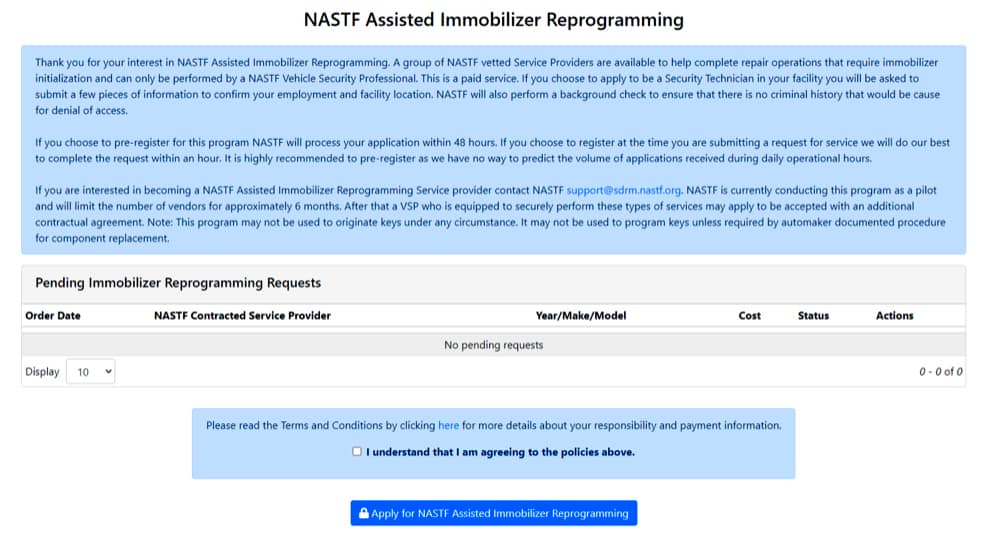

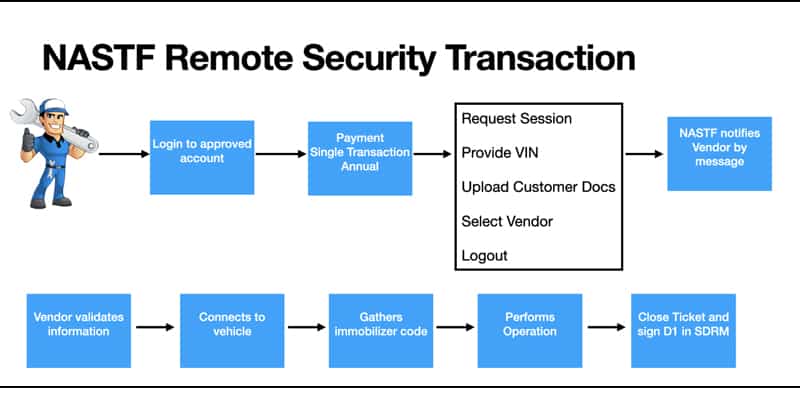
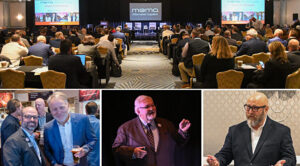

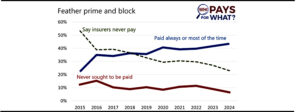
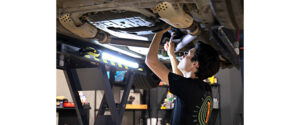
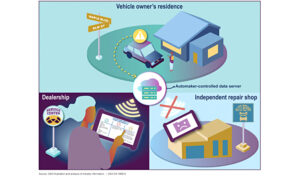
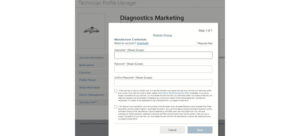

Comments are closed.